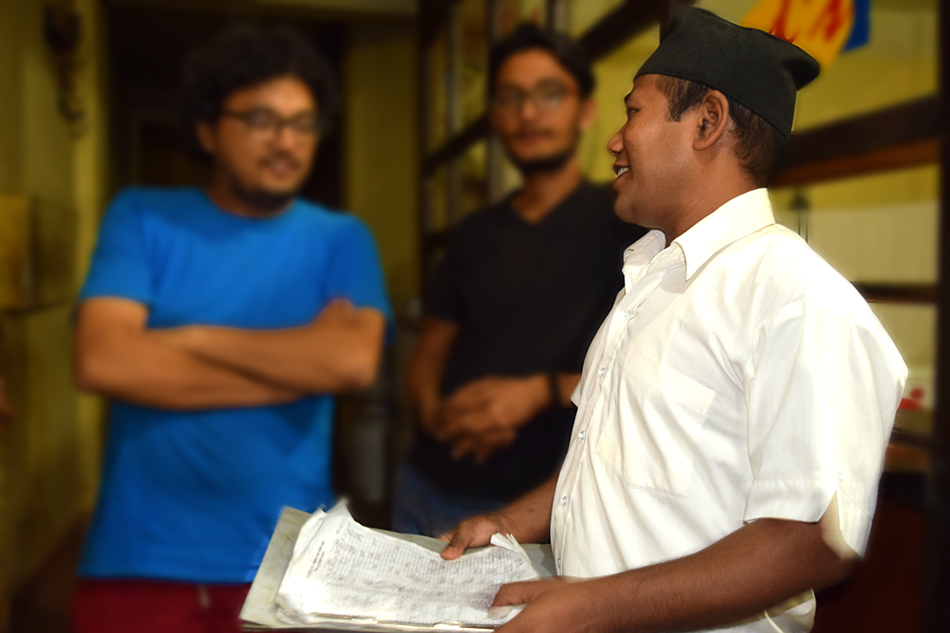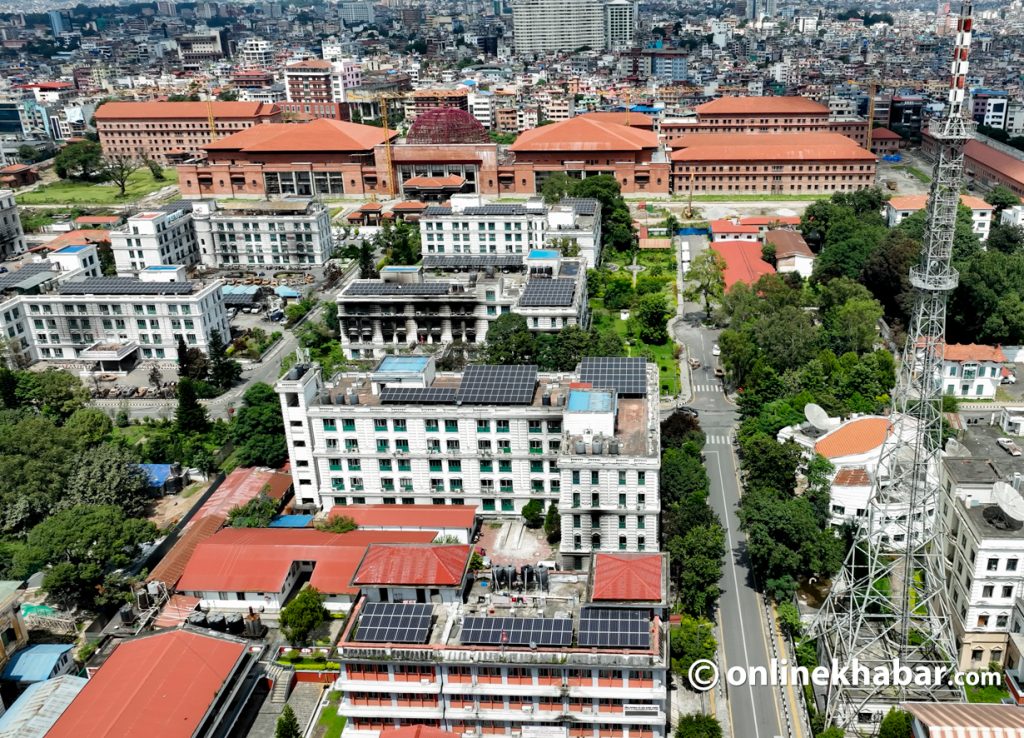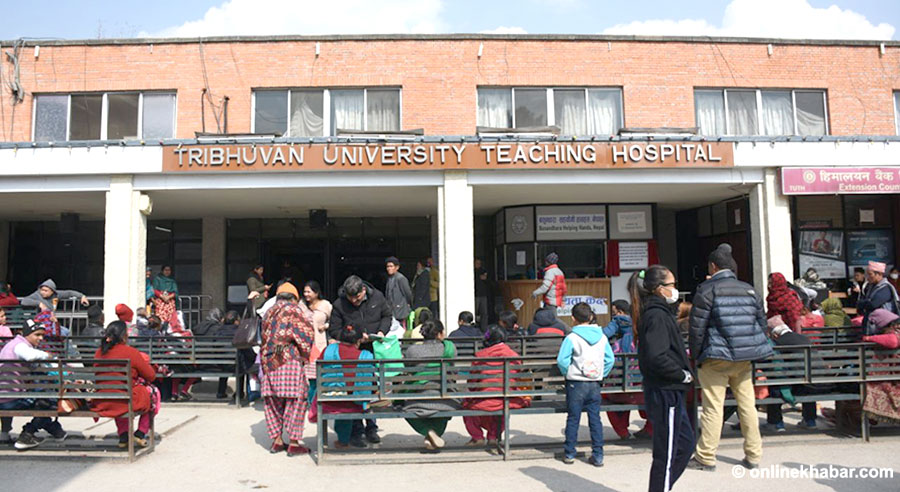When the decade-long Maoist insurgency ended in Nepal, Bhanu Bhakta Shrestha, a pharmacist living in Kathmandu, decided to go back to Ramechhap.
“During the few times I visited Ramechhap and stayed at Manthali (the district headquarters), I had noticed that the hotels and eateries there had no regular supply of dairy products like ghee, butter, and cheese.”
“There’s just not enough milk,” was the answer he received.
Shrestha, who was part of the multi-billion rupee pharmacy industry, saw potential for a new business. He took the initiative to conduct a market survey on dairy products. “My survey found that Manthali had a demand of 100-200 litres, but the supply didn’t meet the demand, not even by half. And I said to myself, this is my market.”
The survey’s findings gave Shrestha some relief as he had always wanted to return to his ancestral home. But the lucrative pharmacy business was not something he could leave without finding a suitable alternative.
Leaving the business he had been doing for a decade-and-half was not easy. His first challenge was to learn the dairy business. Luckily, one of his friends worked at DDC, the government dairy.
Shrestha requested his friend to guide him. “My friend thought I was joking. But when I started showing up at his workplace every day, he realised I was serious.”
The DDC friend introduced Shrestha to a technician at the dairy.
“I tagged along for nearly a month and informally received training under him. Later, I enrolled in a one-week course on Dairy Technology conducted by CTEVT, at Model Dairy in Pokhara. Later, I visited many dairy farms and learnt the trade.”

After a few months, Shrestha had enough courage and resources to start. Unfortunately, in the first few months, he could collect only 20-30 litres of milk. The reason for this, he later found out, was that people were reluctant to rear cows. “I wanted my business to succeed and I knew that we had a market, so I gave loans to villagers so that they could buy cows. And slowly deducted the money from the milk they sold to my company, Chiranjibi Dudh Sankalan tatha Bikri Kendra.”
With three milk collection centres in as many villages in Ramechhap, and five milk selling centres (one recently opened in the neighbouring Sindhuli district), Shrestha has come a long way. His collection centre handles 700 litres of milk per month.
His monthly income during the summer totals to 50-80 thousand per month. For winter, he is planning to enter the dairy market in Kathmandu.
Shrestha’s success is spurring competition in the market. Two years ago, Shrestha, as part of the CTEVT Dairy Technician Training, mentored 22 young people from his district. Eight of them now work at Shrestha’s collection and selling centre. One of the graduates has opened a milk collection centre in Manthali.
But that is not the challenge he is worried about. A more pressing concern for him has been the cost of milk in Ramechhap. “Compared to other parts of Nepal, Ramechhap doesn’t focus on milk production. That is why the supply is very less. I buy milk at a higher price compared to the government price.”
This is not a problem during the summer, but during winters, dairy products are consumed less and it has been difficult to sell the products in other markets like Kathmandu, given the higher cost of production.
Last year had also been a challenge as farmers complained about not being able to buy feed for their cows, given the low production from their farmland. Shrestha invested his own money, which included the Rs 25,000 cash prize he was awarded by Daayitwa for being selected as one their top 10 entrepreneurs in the Daayitwa Enterprise Challenge Ramechhap.
He gave farmers over Rs 100 thousand to buy feed, and this helped him cut the the price of milk.
Despite the challenges, Shrestha is optimistic. He recently bought a kulfi (pop-sickle) machine, and upgraded the processing capacity of his factory in Ramechhap.
“In one day, a person can only make 8 kg of kulfi, but my machine can make that same amount in one hour.”
His next goal is to help raise awareness among farmers regarding proper hygiene for milk. The government provides training, but there’s a lot that needs to be done, and Shrestha is ready.
(The author is associated with Daayitwa.)





















